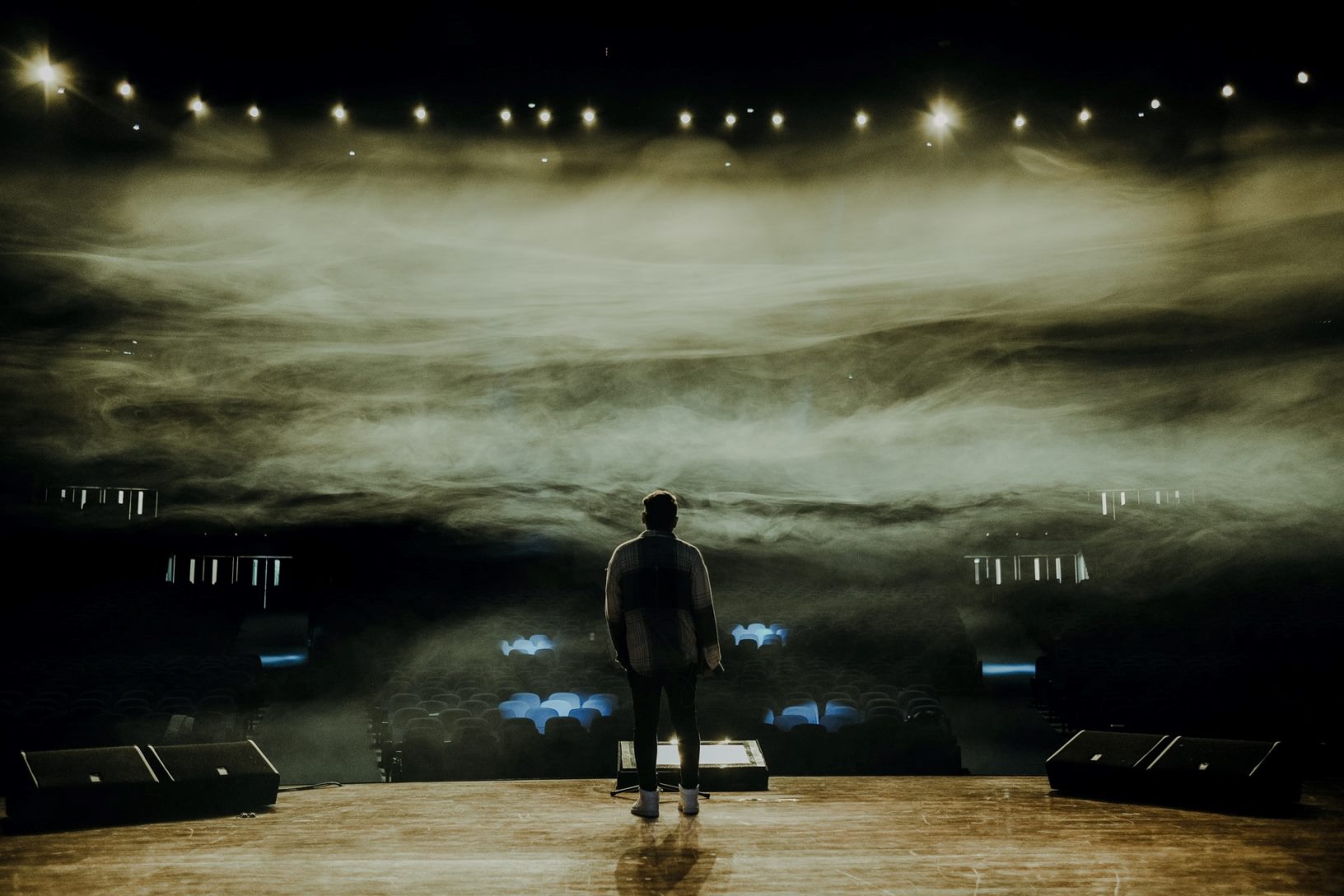4 Basic Differences Between Visual Arts and Performing Arts

When you hear the word “art,” what do you imagine? Obviously, art is an umbrella term encompassing a wide range of less generic notions. As of today, we have a broad range of various things that either fit the definition of art or not. In this paradigm, special attention should be paid to the distinction between visual arts and performing arts. Believe it or not, many people still confuse these two pretty different forms of artistic expression. Let’s look at how they differ.
4 basic differences between visual arts and performing arts
1. Medium
When it comes to visual art, artists use a set of tools and art supplies (e.g., paints, canvases, painting accessories, etc.) to create art with their own hands. On the other side, performing art conveys the idea through means of performance using body movements and voice.
2. Social nature
Visual arts, such as painting, sculpture, ceramics, and fine art photography, usually refer to the job done by one artist. At the same time, dance, music, and theatre – as examples of performing arts – often require several pairs of hands and legs.
3. Underlying idea
There is an important distinction only visible to people who are well acquainted with both forms of expression and hence can draw a comparison. The fact is that a drawing or painting provides you with a static experience, meaning that you learn the story through the fixed image. As for performance art, it is more about the fluid experience based on ever-changing forms.
4. Acceptance
It is also worth mentioning how the public reacts to each type. Without a shadow of a doubt, many people are pretty skeptical about fine art due to its value and priсe. By contrast, activities like music concerts or dancing contests are seen as entertainment and thus more popular.
Whether you like visual arts or performing arts, both art forms are profoundly essential for the existence and further development of the concepts of contemporary art. Enjoy art in all its facets!


